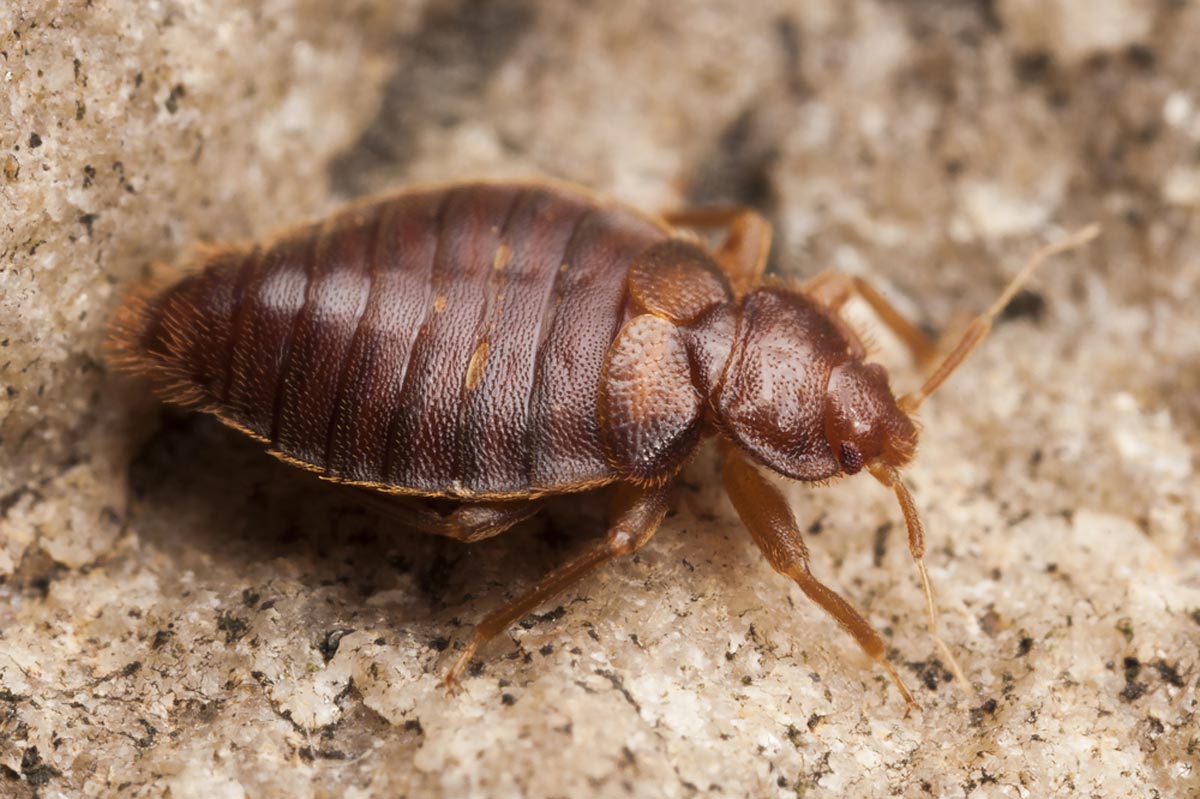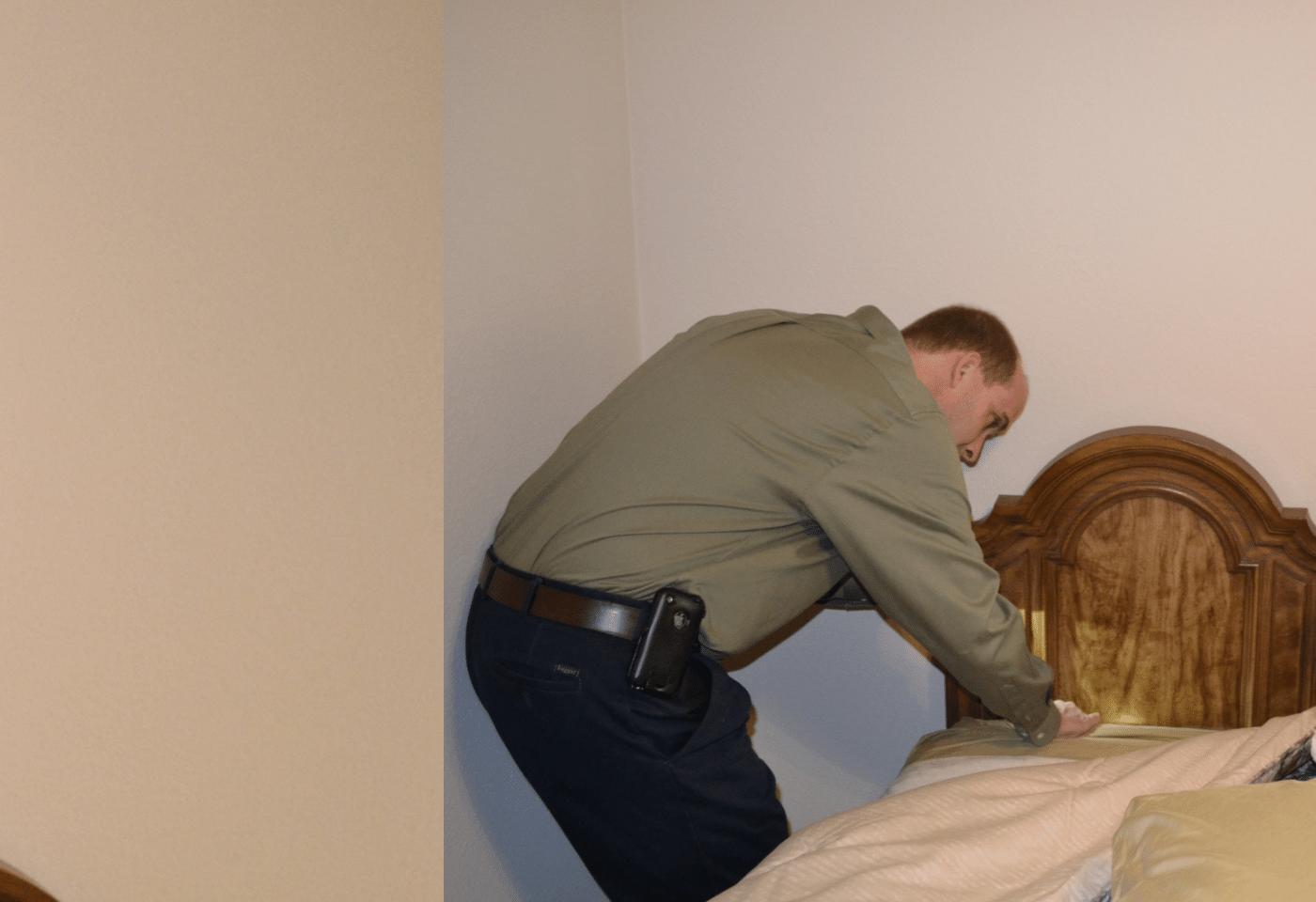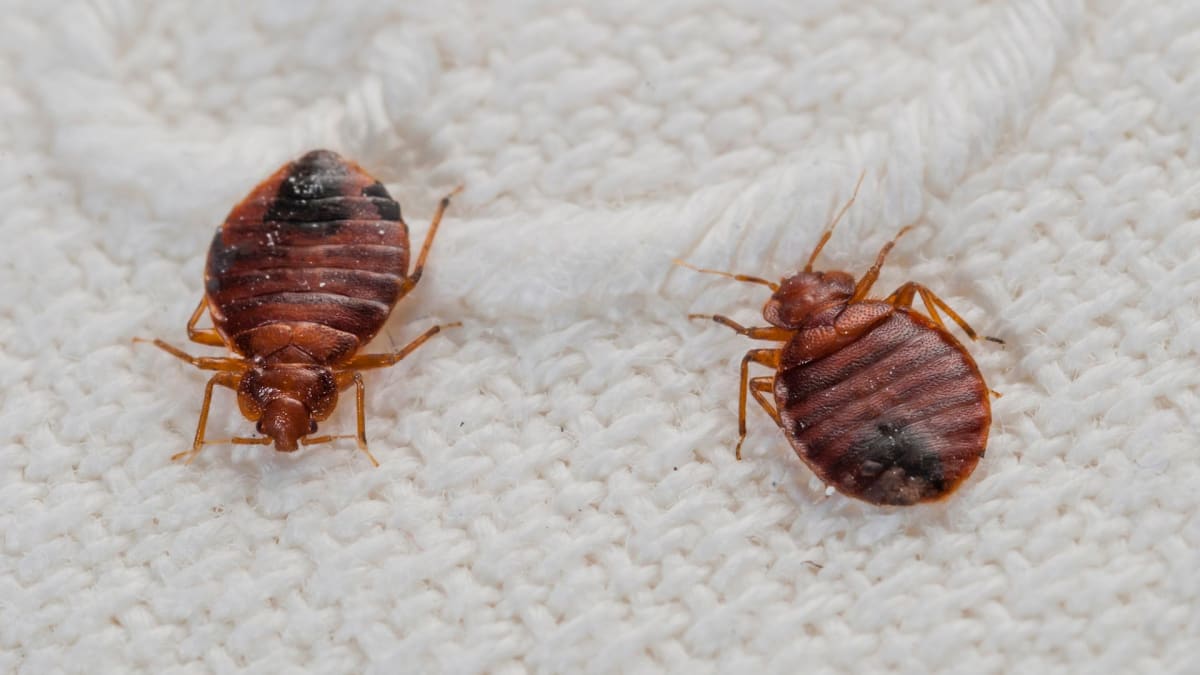A1 Bed Bug Exterminator Houston: Trustworthy Treatment Services
A1 Bed Bug Exterminator Houston: Trustworthy Treatment Services
Blog Article
Recognizing the Lifecycle of Pests for Targeted Control Approaches
Comprehending the lifecycle of pests is an essential element of reliable insect management strategies. Via a much deeper understanding of just how pests develop and grow, customized control methods can be designed to address certain points in their lifecycle, inevitably leading to more effective bug administration results.
Significance of Recognizing Bug Lifecycle
Comprehending the lifecycle of bugs is crucial for developing reliable and targeted control methods in pest administration. By understanding the numerous phases a bug experiences from egg to adult, insect control specialists can determine weak spots in the lifecycle where treatment can be most successful. For circumstances, recognizing when larvae are most active can assist identify the ideal timing for using larvicides. Furthermore, understanding the lifespan of an insect types can assist in anticipating populace growth patterns and possible infestation risks.
Furthermore, identifying the details ecological conditions essential for every stage of the bug's lifecycle can guide decisions on environment modification or exclusion methods to lower and interrupt the lifecycle parasite populations. This understanding makes it possible for pest administration experts to execute aggressive procedures instead of depending entirely on reactive therapies, resulting in more lasting and long-term pest control options. Eventually, a complete understanding of pest lifecycles empowers insect control professionals to customize their techniques successfully, maximizing and minimizing ecological impacts control end results.
Key Stages in Insect Growth
To effectively execute targeted control strategies in pest management, an essential aspect hinges on thoroughly identifying and comprehending the key phases in insect development. Parasite advancement usually contains several key stages that are vital for their lifecycle and administration. The initial stage is the egg phase, where parasites lay eggs that later hatch out right into larvae. Larvae after that proceed right into pupae, a stage where they go through transformation prior to becoming grown-up insects. Understanding these stages is crucial as it assists in identifying weak spots in the lifecycle where control steps can be most reliable.

Vulnerabilities in Insect Lifecycle
Throughout the various stages of a parasite's lifecycle, distinct vulnerabilities arise that can be purposefully targeted for effective control procedures (A1 bed bug removal houston). One crucial susceptability lies in the egg phase, where insects are often extra vulnerable to specific insecticides or biological control representatives due to their soft outer shell, making them simpler targets for intervention. Understanding these susceptabilities in the pest lifecycle is important for establishing reliable and accurate control approaches that effectively take care of parasite populaces while minimizing ecological effect.
Executing Targeted Control Actions

Applying targeted control actions generally involves a multi-faceted method. This might consist of environment modification to make the environment less welcoming to insects, such as removing click resources standing water for insect control or sealing access points for rats. In addition, organic control methods can be used, where all-natural killers or virus are presented to keep parasite address populaces in check.
Chemical control, such as the careful application of chemicals, is another usual technique. It is important to utilize these substances sensibly to lessen environmental impact and prospective harm to non-target varieties - A1 bed bug removal houston. Integrated Insect Administration (IPM) methods that incorporate different control actions in a worked with and sustainable way are typically the most reliable in achieving long-lasting parasite management objectives. By applying targeted control procedures based on a complete understanding of parasite lifecycles, bug populations can be efficiently managed while lessening risks to human wellness and the environment.
Enhanced Pest Management Practices

Additionally, the incorporation of organic control representatives, such as natural predators or pathogens of insects, can assist decrease dependence on chemical pesticides and advertise a much more balanced community. Applying physical barriers and traps can also be part of enhanced bug monitoring techniques, using non-toxic and targeted solutions for insect control. Additionally, making use of pheromones and various other semiochemicals can disrupt pest mating patterns and communication, causing reduced insect populaces Check This Out with time.
Conclusion
By recognizing vital stages in bug development and susceptabilities in their lifecycle, targeted control actions can be applied to reduce pest populations. Improved insect management methods can help lower the dependence on broad-spectrum pesticides and promote more sustainable and eco pleasant insect control techniques.
Understanding the lifecycle of insects is vital for establishing effective and targeted control techniques in pest administration. By understanding the different phases a parasite goes via from egg to grownup, insect control specialists can identify susceptible factors in the lifecycle where treatment can be most effective. Inevitably, a detailed understanding of pest lifecycles encourages pest control practitioners to tailor their techniques efficiently, reducing environmental effects and taking full advantage of control end results.
By executing targeted control steps based on a detailed understanding of parasite lifecycles, insect populations can be efficiently regulated while decreasing dangers to human health and the setting.
By identifying crucial stages in pest development and vulnerabilities in their lifecycle, targeted control steps can be implemented to lessen bug populations.
Report this page